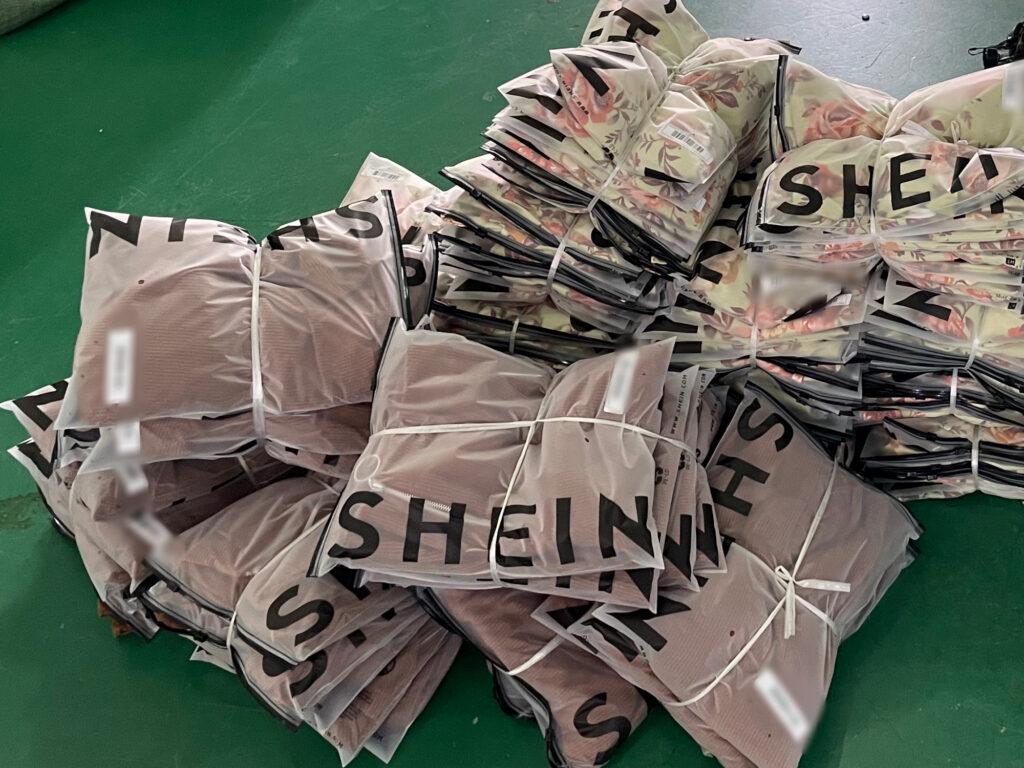does shein clothes come from china
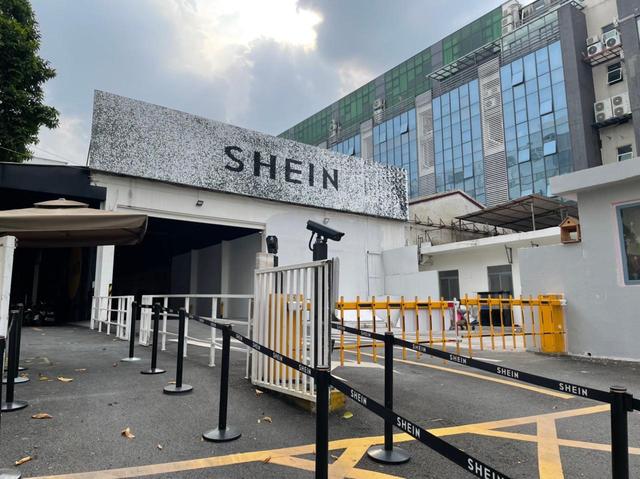
Yes, The secret of SHEIN selling tens of millions of dollars every day in the world is hidden in more than 300 factories in Guangzhou,Every day, girls from all over the world can order dresses, tops and jeans with a total price of tens of millions of dollars from SHEIN, a cross-border fashion e-commerce company. Among these girls, the number of American girls is the largest (according to "Latepost" According to the data, in June this year, the monthly sales of SHEIN exceeded 70 million US dollars).
More than 10,000 kilometers away, across the vast Pacific Ocean, the continuous consumption desire of American girls was satisfied by the workers of the Guangzhou garment factory and realized under their buzzing sewing machines.
The 300-400 garment factories in Panyu are the core suppliers of SHEIN. The clothes made from here will be sent to a large warehouse in Foshan overnight, and every package will be delivered to SHEIN buyers all over the world from here. Hands.
There are hundreds of garment workers in a five-story building in Nancun Town. In the garment workshop on the third floor, a large ceiling fan is dispelling the heat of July. The male workers are shirtless and the female workers are wearing vests, racing against time to complete the production tasks of the day.
Hundreds of these garment factories are scattered in several urban villages in Panyu District, Guangzhou, and Nancun is one of the most famous. In a milk tea shop at the entrance of Nancun Village, several summer children are teasing cats, and their parents are working in these garment factories. Even the owners of the milk tea shop know that their parents are rushing to make "SHEIN" clothing orders.
However, the factory owners and garment workers here prefer to use "Zhuotian Business" to talk about "SHEIN". Zhuotian Business is the main body of overseas operations behind SHEIN. All the garments produced in the factory will eventually be delivered to it and sold overseas.
The ambitious SHEIN plans to surpass the fast fashion originator ZARA in sales in a short period of time. The raging cross-border fast fashion business in Panyu, Guangzhou reveals the truth: fast fashion is not dead, but iterated in a more intense form.
Interface fashion will start from "Zhuotian Business", and explore how SHEIN can break through the ceiling of the global fast fashion supply chain and achieve the world’s top "small order quick return" secret.
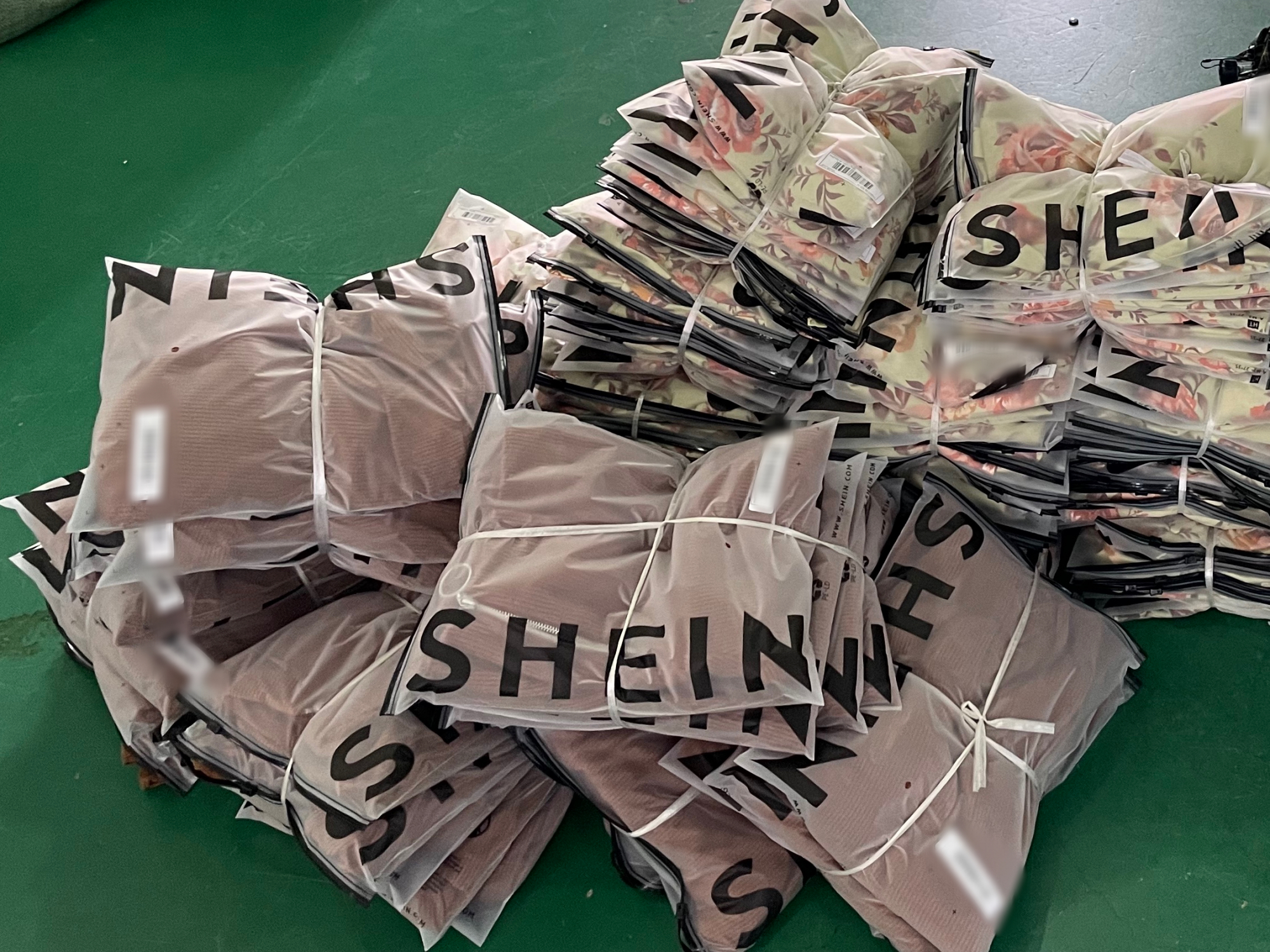
The secret is a more automated factory? mistaken
On the surface, SHEIN’s clothing suppliers have not broken through people’s traditional knowledge of garment factories.
A garment factory in Nancun currently only serves Zhuotian Commercial, with a monthly output of 300,000 to 400,000 pieces, which has already accounted for the entire production capacity of this factory.
Xiaowei, a young female worker, trims the clothes in the factory. In layman’s terms, she uses a sewing machine to trim the cloth according to the pattern. She can make thousands of simple styles a day, and 300 or 400 pieces of complicated styles. At most, she has made eight styles of clothes a day.
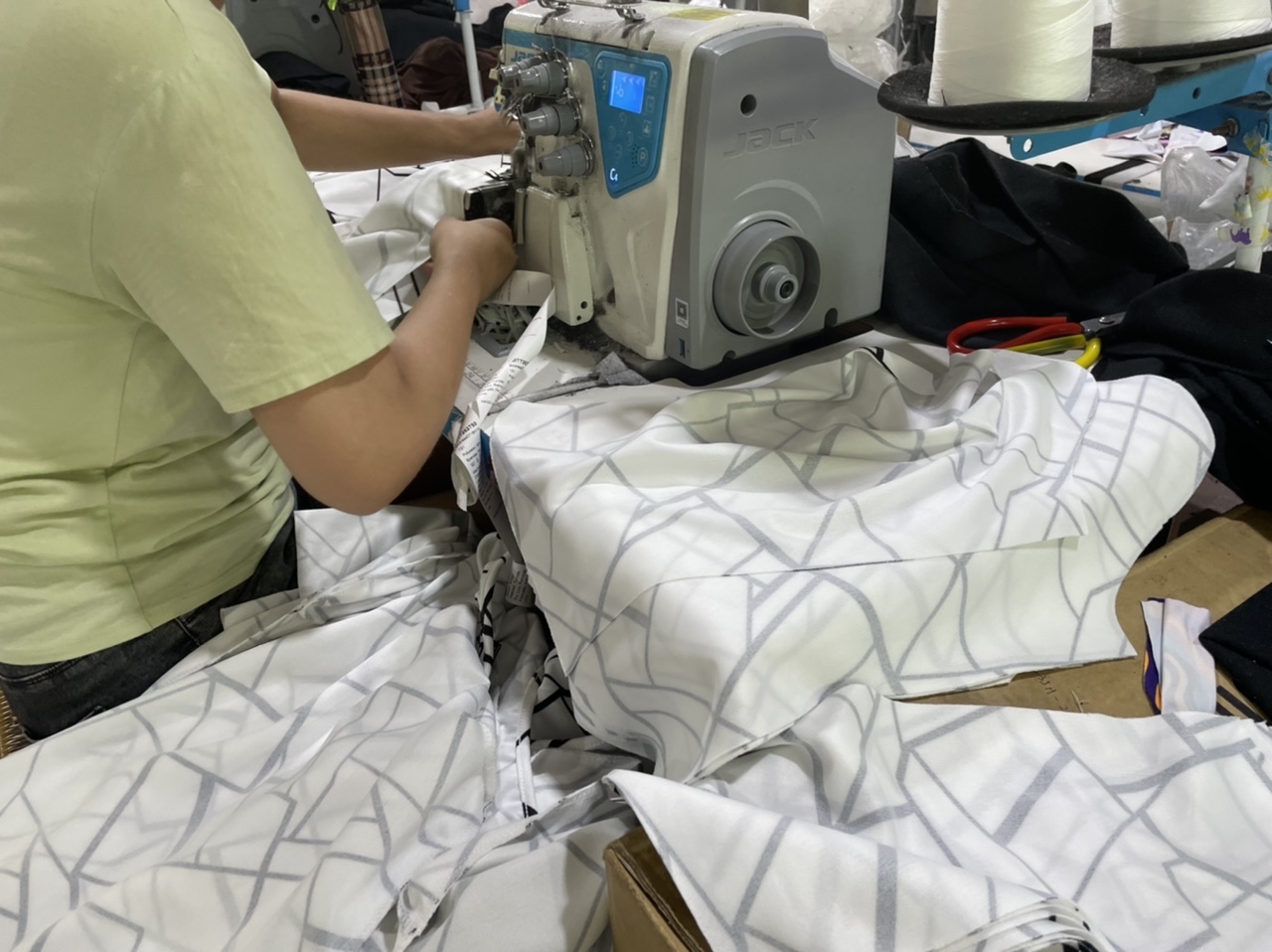
50-year-old Sister Hua is responsible for sewing buttons, zippers, and checking the edges and corners for extra thread. She frankly said to the interface fashion that Zhuotian Business’s orders are not complicated. With more than ten years of handcraft experience, she can make more than 300 pieces of buttons every day.
Xiaowei and Sister Hua’s remuneration is calculated on a piece rate basis. They have to work 10-12 hours a day, with two short breaks in between. They often work until 10:30 at night, and only one day a week without overtime.
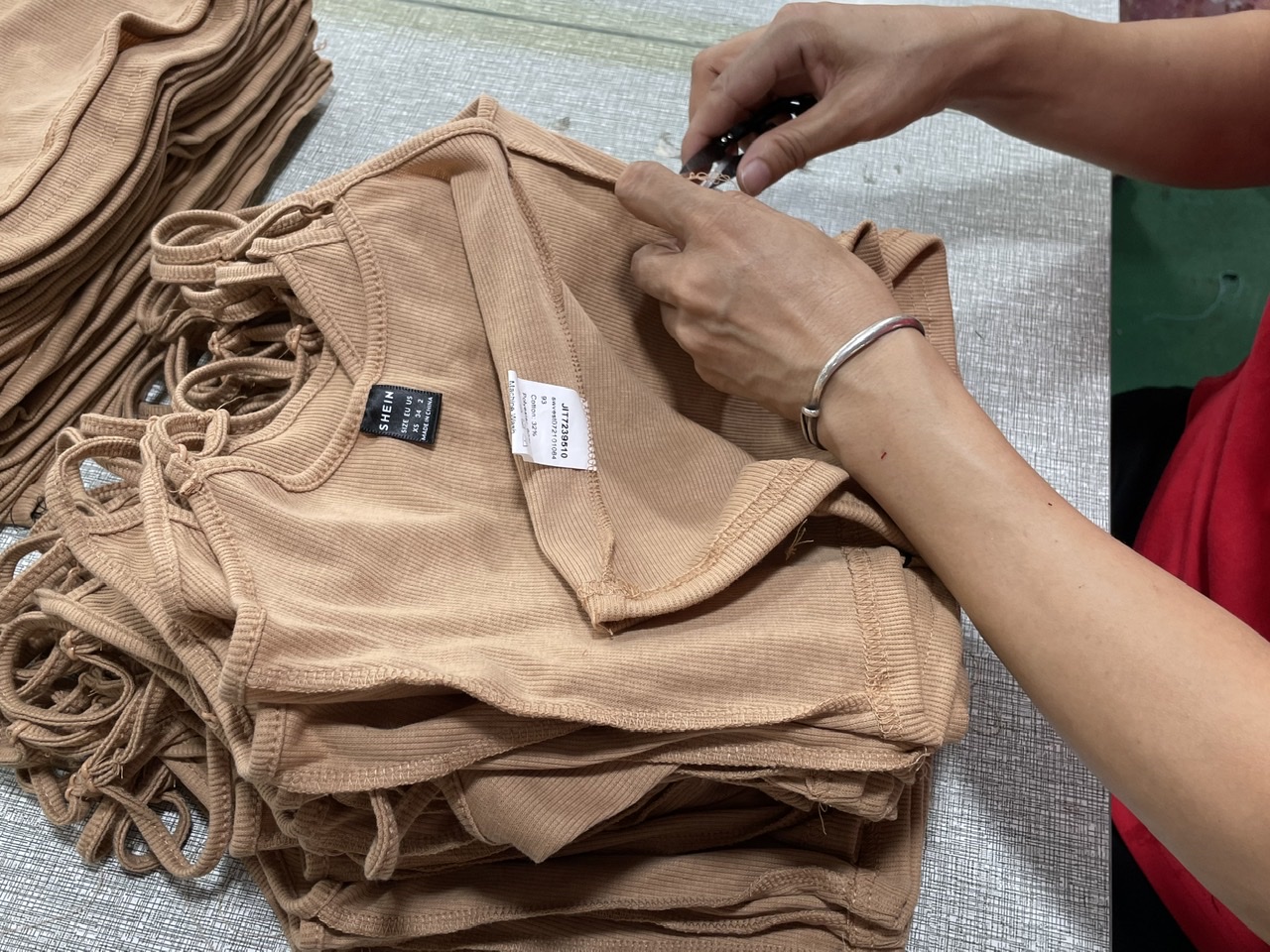
This kind of work intensity is very common among SHEIN’s core suppliers-it can be said that the SHEIN model is not divorced from the dependence on labor at all.
Such a traditional production model has created the world’s top delivery speed of goods.
According to the comprehensive interview information and other media reports of UIFashion, the production cycle of SHEIN’s core fast fashion category is currently 5 to 7 days-this refers to the entire cycle from the supplier’s response to the order to the completion of the product delivery. If you encounter an additional order with a hot sale, the supplier can deliver the goods within 3 to 5 days at the earliest.
In contrast, the fast fashion giant ZARA, the first to propose the concept of flexible supply chain, takes its requirements for OEMs in the Chinese market as an example. Its production lead time is 14 days-this refers to the time from product order to delivery to the regional market. The whole process of the store.
And SHEIN’s sales growth rate also makes its peers envy.
In Panyu Nancun, Hu Fengxiang, one of SHEIN’s suppliers, revealed that at the supplier conference in the first half of this year, SHEIN stated that its full-year sales target for 2021 is 100 billion yuan (more than 15.3 billion US dollars), the first six of this year. In September, SHEIN has completed its sales target of 40 billion yuan (about 6.15 billion US dollars).
Considering that the sales in the fourth quarter of each year can usually account for half of the annual sales, it is not a dream for SHEIN to exceed this goal this year. In June 2021, a report in "LatePost" stated that if SHEIN achieves its 120% growth target in 2021, this year’s sales may surpass ZARA.
Such large-scale production and rapid production are achieved by a large number of laborers-at first glance, it seems contradictory.
This is the secret of the "small SLR" flexible supply chain model. Its essence is not to rely on production technology innovation, its efficiency is more driven by the orders generated from the front end of the e-commerce platform.
Hu Feng said, “This model requires that orders be split into small units and let small factories do it. It can also be done very quickly and cost reduction is achieved.”
The result of this is that although the front-end sales are there, the total capacity of SHEIN’s back-end supply chain is therefore huge; but after splitting into a large number of SKUs, the order of each style is actually a small order.
To combine such small and medium-sized factories that can respond quickly requires a major premise: complete production factors.
Spread out with Panyu as the center. Within an hour’s drive, there are a large number of clothing workshops and small and medium-sized factories, the largest supply market for clothing textiles and accessories, the largest textile business district, and the No. 13 branch of Guangzhou Garment Wholesale Street. There is a storage base in Foshan, Guangzhou Baiyun Airport and so on. This is the result of more than 30 years of development and accumulation in Guangzhou as the frontier of China’s garment foreign trade.
And Guangzhou Panyu has its own unique features. Whether it’s the stall wholesale business that sprang up in the 1990s, or the online orders for domestic e-commerce companies such as Taobao after 2000, and now OEMs for cross-border e-commerce brands, garment factories around Panyu have always retained The traditional small-scale clothing production model and the fast-production clothing production chain accumulated in the wholesale era.
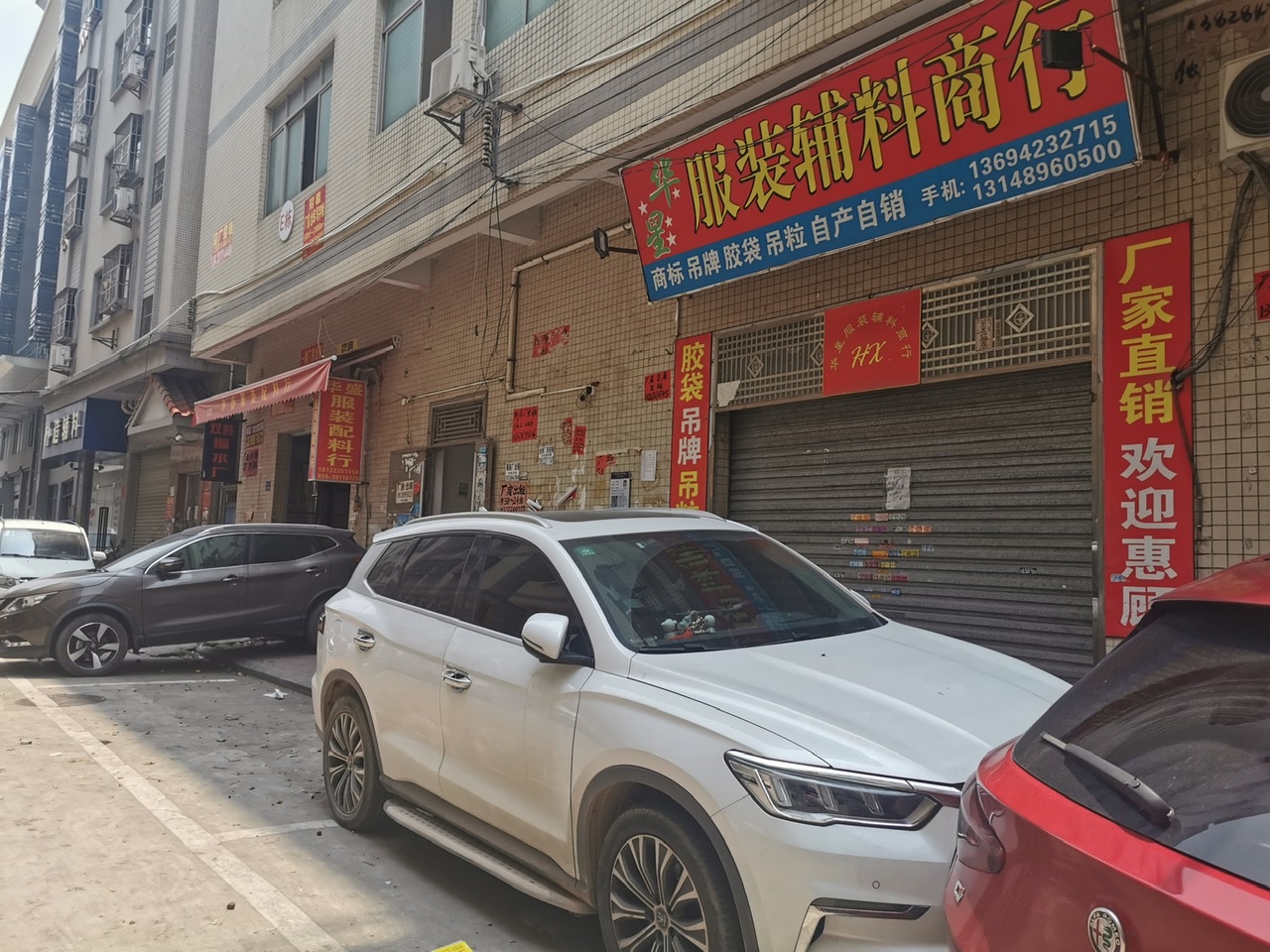
This is what SHEIN fancy. The sound production factors and the matching of production models have laid a solid foundation for "Zhuotian Business" to build a supplier ecosystem in Panyu.
This also explains why almost all clothing factory owners feel that making clothes for SHEIN is no different from before. "It’s always been this way of clothes." They kept emphasizing in interviews.
In Hu Feng’s view, SHEIN’s goal of building a supply chain in Panyu is clear: to build China’s "ZARA Town".
At present, in addition to the three or four hundred SHEIN core suppliers, there are more than 1,000 clothing suppliers serving SHEIN in Panyu, Guangzhou. This is the result of the downward management of SHEIN’s core suppliers.
With the continuous expansion of SHEIN’s own brand production capacity demand, the production capacity of the larger garment factories in Guangzhou area has been unable to meet their order requirements.
“There are not a few traditional processing plants in Guangzhou with a monthly capacity of hundreds of thousands of pieces.” Hu Feng told UIFashion. Therefore, the core supplier will cooperate with dozens of outsourcing factories to complete orders from SHEIN.
"It is estimated that half of the processing plant capacity in Panyu is allocated to SHEIN." In other words, SHEIN "is equivalent to feeding the entire town."
The supply chain ecology successfully built by SHEIN is also known as a model that latecomers are vying to follow. The cross-border fast fashion e-commerce companies that have sprung up in the past two years have all landed their supply chains here.
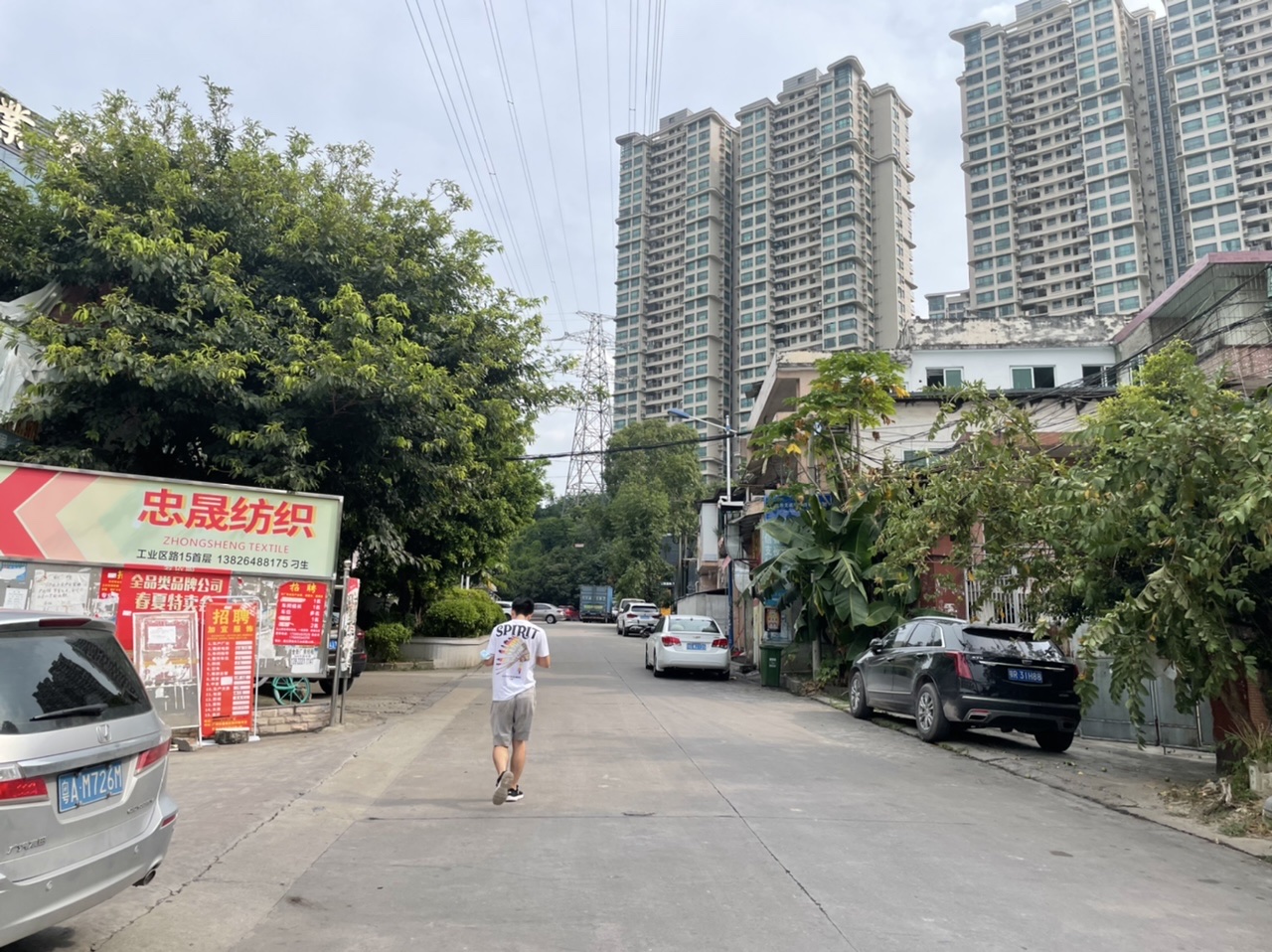
The secret is in the self-built system to efficiently manage the supply chain? Yes, but it is difficult to imitate
Henry Ford once said that no one can manage a million people well. It is also difficult to manage a large number of external suppliers.
Fundamentally, supply chain management must determine three main aspects: demand planning, production planning, and material procurement planning. These plans are not determined by the supply chain management department of the supplier and the purchaser alone, but can be determined after sufficient communication with the supplier in multiple links such as product planning, product development, and supply chain center. Therefore, supply chain management is actually a very complex and huge systematic work. Traditional clothing supply chain management requires considerable interpersonal communication costs.
Not to mention, like SHEIN, in addition to the core suppliers that directly connect with, there are thousands of outsourced cooperative factories. This also puts forward higher requirements for the downward management capabilities of core suppliers.
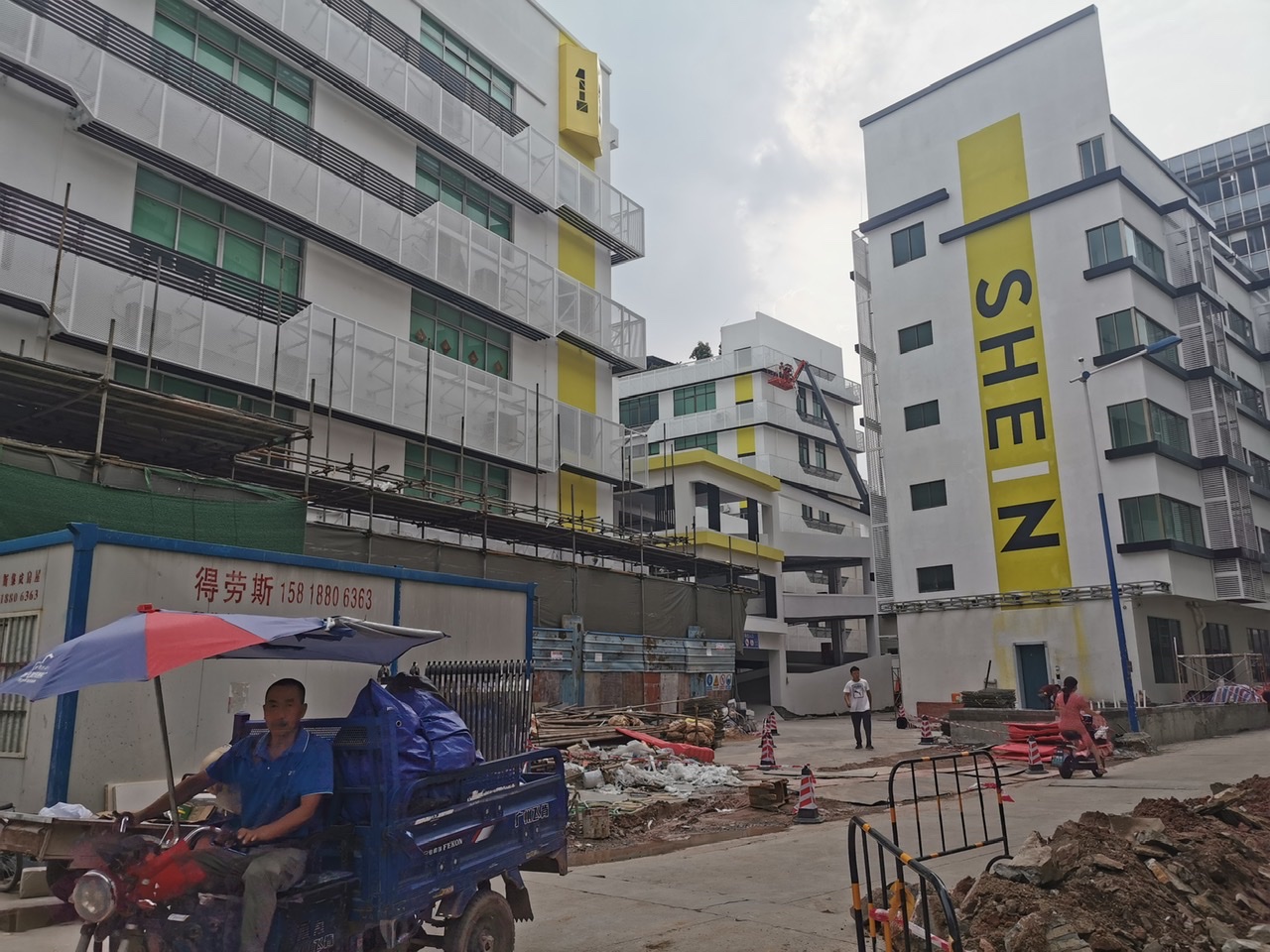
In Haizhu District, Guangzhou, an emerging cross-border e-commerce platform that has just completed a large round of financing is holding a supplier conference. The interface fashion sees that the UI interface of this company’s supplier management system is very similar in color matching and layout to the MES process management system used by SHEIN’s OEM suppliers.
In fact, many clothing cross-border e-commerce companies want to imitate SHEIN to build a similar supply chain information management system, but Guan Tong feels that "no one can do it."
In the past four years, Guan Tong has sold his own brands in many major cross-border e-commerce companies. He has seen a large number of supply chain management systems. "SHEIN’s is the best supply chain management system I have seen in China, and its system matches its e-commerce procurement model."
The e-commerce-driven "small single quick reverse" model determines that SHEIN has a large number of core suppliers and outsourcing factories. Therefore, it is very necessary to integrate all suppliers in a supply chain ecosystem to collaborate efficiently.
At the same time, each factory has to deal with a large number of orders and SKUs. Theoretically, for each group of orders and each style, there will be communication on design, procurement of surface materials, prices and other aspects. The workload can be said to be huge.
Therefore, a good supply chain management information system should be able to "accurately and timely respond to information and data." Supply chain expert Xie Xiangfeng believes that this can greatly reduce communication costs, and its ultimate goal is to create a stable production link for suppliers-especially critical for OEM manufacturers.
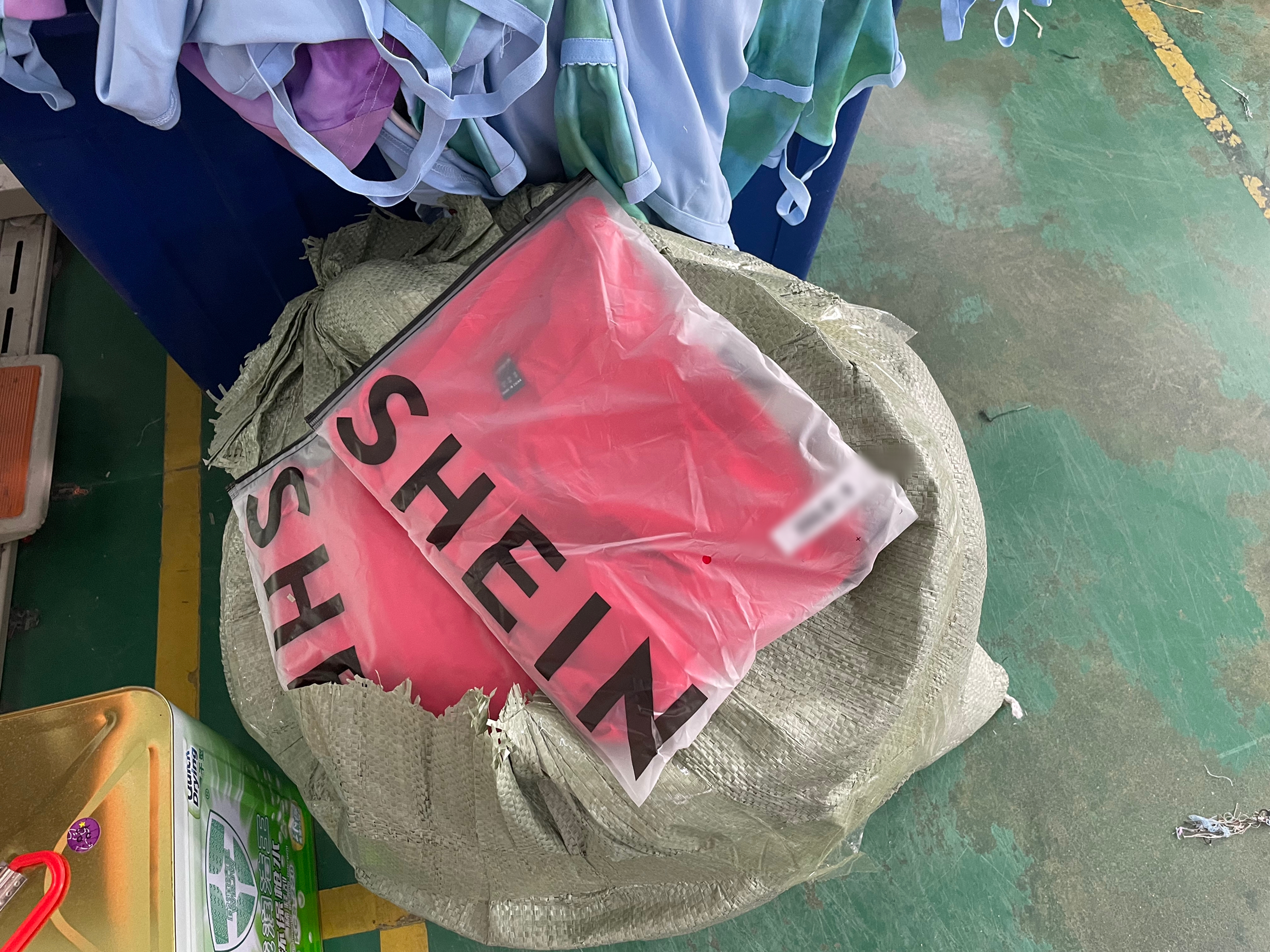
Interface Fashion previously reported that since 2016, SHEIN has been moving in this direction to build a supply chain ecology. Today, SHEIN’s system research and development center has developed a mature and complex supply chain information system-this is a 10 sets of sub-information systems covering 9 different departments such as commodity center, operation center, and production department.
At first glance, every SHEIN garment factory visited by UIFashion is not much different. It is a traditional garment workshop consisting of various links such as board room, car side, cutting, and ironing. However, on the computers of these garment factories, there must be a set of "MES process management system" that comprehensively manages all aspects of production, which is an important bridge for communication between SHEIN’s production department and OEM suppliers.
Guan Tong told UIFashion, “Every factory must use this system, and you won’t cooperate with you if you don’t use SHEIN.” This rule is also applicable to ODM suppliers, third-party DTC brands and other partners. The purpose is Let everyone in this ecosystem, master the rhythm and control the timeliness by monitoring every step and progress of the order in a timely manner.
Suppliers also generally report that the information system developed by SHEIN is very user-friendly. Just like the IOS application system of an Apple mobile phone, users do not need to know the development code behind this system, nor do they need to be very good at computers, they can quickly get started under its easy-to-understand step-by-step guidance.
Having an easy-to-use supply chain management system has been a long-standing luxury in the apparel industry. Guan Tong believes that this is mainly because many supply chain system software developers have developed from traditional clothing production ideas.
Xie Xiangfeng believes that other cross-border e-commerce companies cannot do this because "their thinking is still selling things, rather than thinking about how to get through the various links of the back-end, so that it does not pull the front-end hind legs."
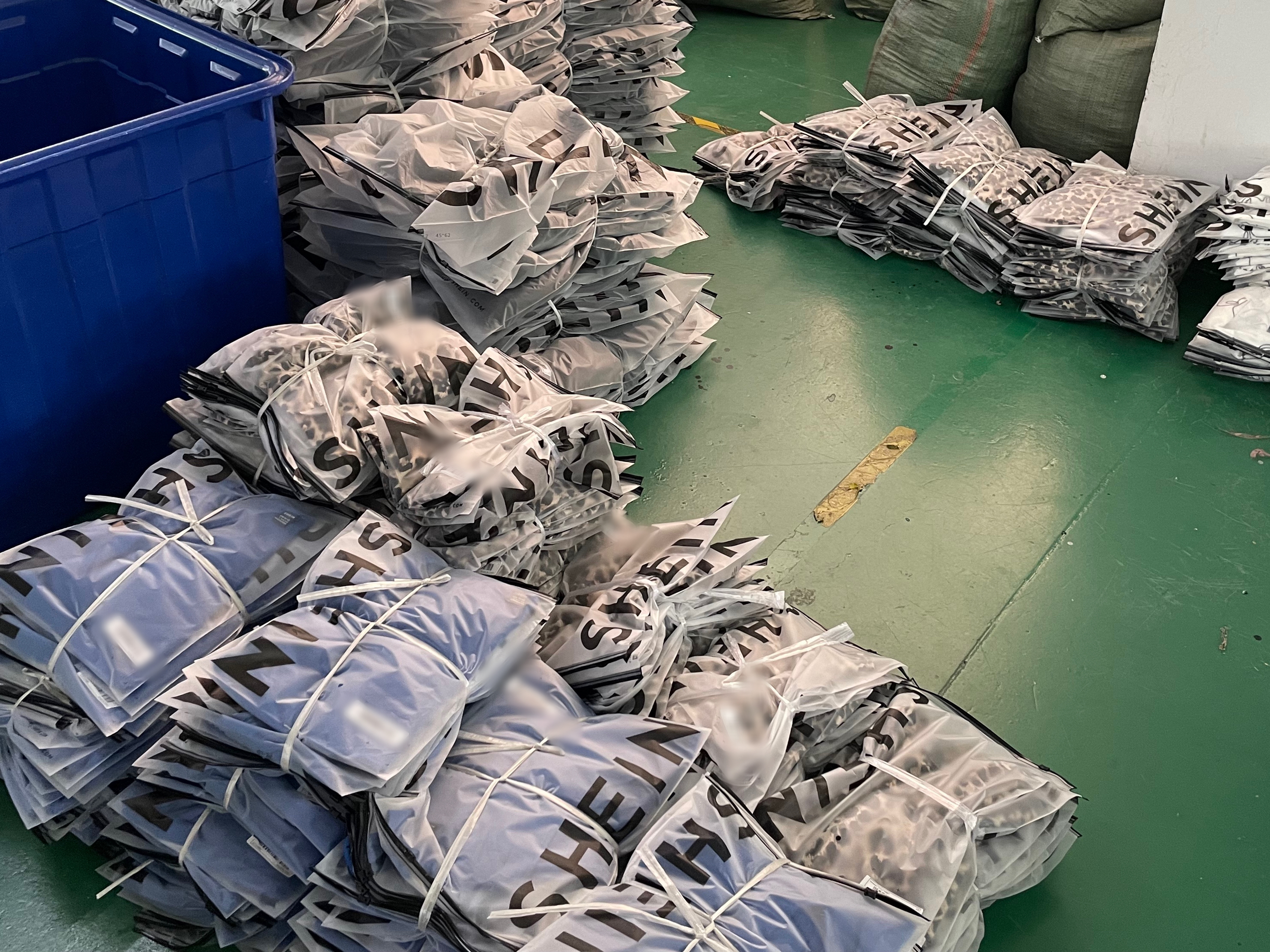
In fact, SHEIN’s supply chain information system has been intelligentized to a high degree. It can fully share the front-end sales data with the back-end data, and it can also realize data visualization on the application terminal, which greatly improves the supply chain. The response speed and work efficiency.
For example, on the "SHEIN Global Merchant Platform" system used by ODM suppliers, interface fashion reporters saw all supply chain link categories, such as scheduling management, picture management, commodity management, development management, order management, inventory management, etc. The user clicks on each menu to enter the sub-page, and can see very intuitive visual data and pictures.
In the stocking suggestions for a certain dress, the system provides detailed recommendations for stocking orders for S, M and L sizes. The SHEIN information system has its own formula algorithm, which uses "saleable days in inventory", "predicted daily sales", and "sales in only seven days" as the main variables, supplemented by fixed variables of "delivery date and stocking days", and then deducts "inventory quantity" , "Number of pieces in transit" and "Quantity to be put on shelves", and finally calculate the number of stocking orders required by the supplier.
But for the factory owners and workers of the application terminal, they only need to care about the "number of orders placed". As for how this number is calculated, it does not matter.
"You can start working right away when you see the backstage dispatch." Guan Tong said frankly, "The role of people is very small."
In general, the supply chain ecology created by SHEIN is to closely combine a large number of suppliers for efficient collaboration through the supply chain management information system. The judgment and communication that originally required humans were transferred to computer algorithms, which greatly improved circulation and production efficiency. The "people" in each link only need to execute the system instructions and complete the tasks of their respective production units.
In the eyes of these suppliers, SHEIN’s "small single fast reverse" flexible supply chain model has broken the traditional definition of "fast fashion" initiated by ZARA, and it is not "ultra-fast fashion" cross-border e-commerce companies such as Asos and Boohoo. , But iteratively becomes "real-time response fast fashion".
What if the demographic dividend disappears? Suppliers who are judging the situation have already deployed their factories to Jiangxi
Many suppliers believe that SHEIN’s next goal is to replicate the "real-time response fast fashion" supply chain ecology to other vertical categories.
In the past two years, SHEIN has begun to sell other categories of products on the platform. In addition to the core fast fashion women’s clothing, it has also added more expensive mid-end garment lines, as well as children’s clothing, pet supplies, and mobile phone accessories. Following these vertical categories, SHEIN has also begun to build its supply chain ecology elsewhere and incorporate it into its self-developed information system.
At the same time, even women’s clothing fast-fashion suppliers concentrated in Panyu area have begun to experience manufacturer spillovers.
As we all know, the demographic dividend in coastal areas such as Guangzhou is disappearing. It’s just that, unlike many large-scale ready-to-wear suppliers who transfer their supply chains to Southeast Asia and South Asia, fast fashion OEMs in Panyu, Guangzhou choose to move domestically.
Hu Feng told the interface fashion, “Like SHEIN, don’t say that Southeast Asia can’t do it, even if Zhejiang or Fujian can’t do it, let alone go to Southeast Asia to do it.”
Unlike Hong Kong Esquel and Ningbo Shenzhou International, which realize large-scale and intelligent production of large-scale apparel manufacturers, SHEIN’s suppliers do not have strong financial resources to make large-scale investments in Southeast Asia. Conduct technical training.
Instead of choosing to move abroad, it is better to follow the latest flow of domestic traditional labor and make arrangements. After all, China’s labor force has a strong technological advantage, and it is hard-working. Hu Feng said, "The labor force in Southeast Asia is cheap, but in fact, we Chinese workers may be as efficient as the three of them."
This is why, the Guangzhou factory began to move to the central region in 2019, mainly in Jiangxi, Hubei, Hunan and other places. "Some suppliers in Guangzhou go to these places to build branch factories, or after receiving orders from SHEIN, they will send them out there."
In fact, since the 1990s, a large number of migrant workers from Jiangxi and Hubei have poured into the Panyu area of Guangzhou. However, as the cost of living in coastal cities has increased in recent years and labor prices have risen, many migrant workers have returned to their hometowns.
Female worker Xiaowei’s hometown is in Hubei. She and her husband are now making clothes for SHEIN in this garment factory in Nancun. She told Interface Fashion that she had just returned from her hometown in Hubei. Because of the summer vacation, I stayed at home with my child for a month before.
Some workers like Xiaowei and his wife simply took their children to Panyu for summer vacation. But more often, they never come back after returning to their hometown in the summer. Some garment factory owners told reporters that such young workers are not a minority.
Although the income in the coastal areas is high, the cost of living is also high. Xie Xiangfeng told Yifa Fashion that the monthly income of workers in garment factories in Guangzhou can even be as high as 12,000 yuan per month.
Hu Feng further stated, “I make 10,000 yuan a month by making clothes in Guangzhou, and now I can earn 4,500 yuan a month in Ganzhou, Jiangxi. This kind of income can lead a good life there.”
This has therefore prompted the factory owners in Panyu, Guangzhou to follow these labor forces to build factories in Jiangxi, Hubei and other places. For the suppliers in Panyu, Guangzhou, these workers have mastered domestic garment making technology and have the hard-working spirit of the Chinese people. Following them to build a factory is a more cost-effective investment than to build a factory in Southeast Asia.
Among them, Jiangxi’s development in recent years is the most mature.
Xie Xiangfeng is an old Jiangxi native. He used to work in the SHEIN Supply Chain Center, responsible for garment production, docking and management of external suppliers. Nowadays, he leads a two-city life in Panyu, Guangzhou and Jiangxi, precisely because the factory he manages is built in Ganzhou, Jiangxi.
Compared with other places, Jiangxi’s advantage lies in its convenient logistics. "It takes only five hours to drive to Ganzhou, Jiangxi. We use the logistics time in the evening to send out the cut fabrics, and we can receive the goods in the morning, and we can start work at noon."
